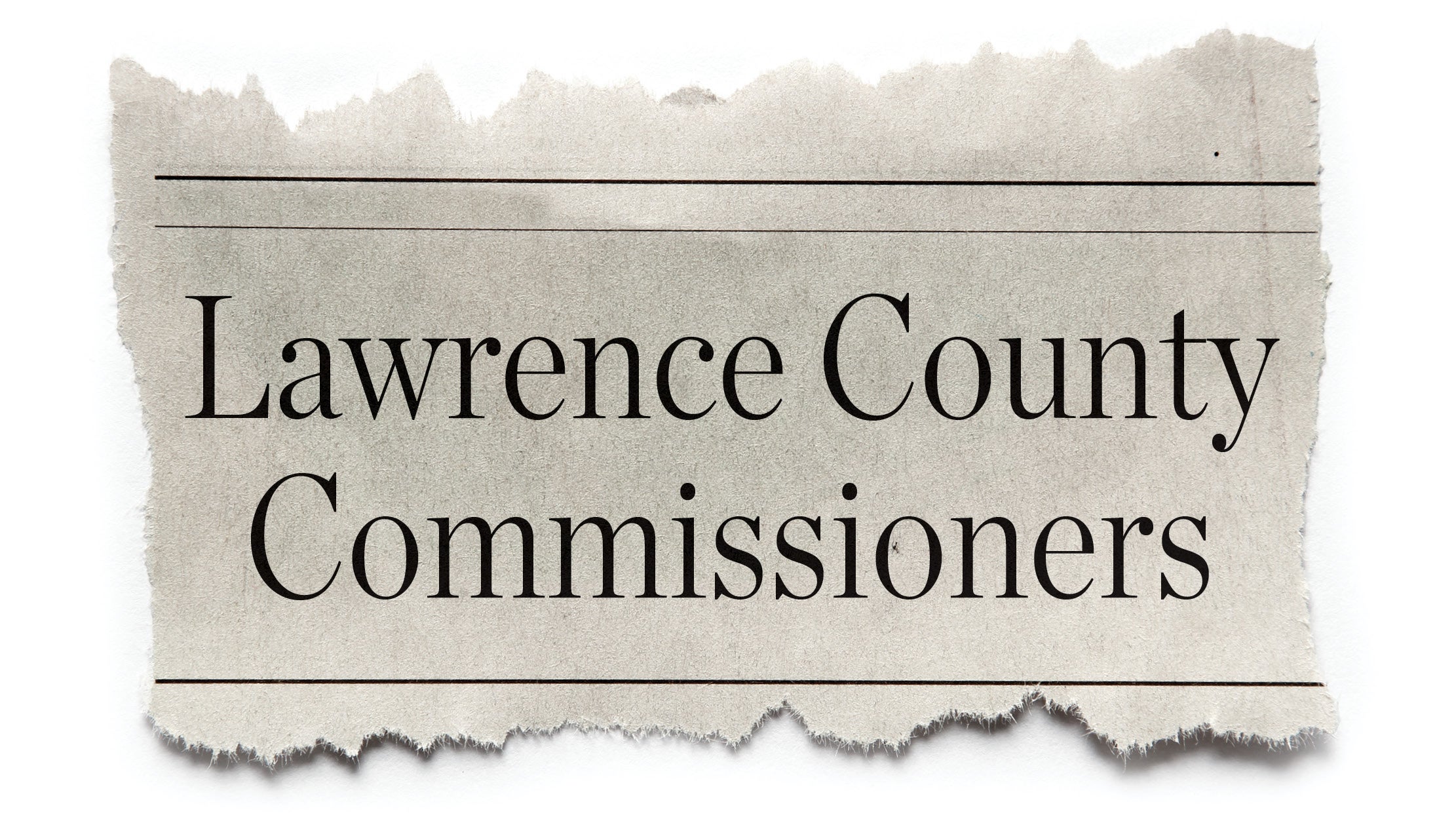Redistricting panel cites 2020 Census data lag for inaction as Sept.1 deadline nears
Published 12:00 am Saturday, August 7, 2021
COLUMBUS (AP) — The closely watched panel pivotal to redrawing Ohio’s congressional and legislative districts kicked off with a whimper Friday, with officials pointing again to delayed release of 2020 Census figures even as the clock on their September deadlines continues ticking.
Republican Gov. Mike DeWine convened the high-powered Ohio Redistricting Commission for a Statehouse hearing that lasted about 7 minutes. That included administration of oaths to its members: DeWine; Secretary of State Frank LaRose and Auditor Keith Faber, both Republicans; Senate President Matt Huffman and House Speaker Bob Cupp, also Republicans; and state Sen. Vernon Sykes and House Minority Leader Emilia Sykes, both Akron Democrats as well as father and daughter.
“It’s going to take awhile to do this redistricting process,” said Cupp, who DeWine appointed co-chair alongside Vernon Sykes. “We don’t have the data yet and the time is very tight.”
Ohio is using a new redistricting process for the first time this year that was approved by voters through state ballot issues in 2015 and 2018.
The new system, which is meant to fight partisan gerrymandering, requires the independent commission to finish redrawing legislative districts by Sept. 1. It sets a Sept. 30 deadline for the General Assembly to complete a new map of the state’s congressional districts, which will be reduced from 16 to 15 as a result of lagging population growth.
The U.S. Census Bureau now says it anticipates detailed population data to arrive in the states Thursday — four days sooner than most recently expected but still more than four months after the April 1 date on which it normally arrives, due to the impact of the coronavirus.
Ohio Attorney General Dave Yost helped expedite the national timeline for release of the data with a lawsuit, which alleged the delay threatened Ohio’s ability to meet redistricting deadlines approved by voters and set in its state Constitution.
Asked about the chances of meeting the Sept. 1 deadline, Vernon Sykes said, “With the Census data being received four days earlier, we’re more than apt to do that than we were before — but, still, it is a challenge.”
Cupp said he would prefer the congressional map to be decided through a bipartisan vote of the General Assembly, rather than having to come to the commission for resolution, as the new process provides.
The one announcement to come from Friday’s meeting was that nine public meetings will be held around Ohio in the near future to gather public input on the process, but Cupp could provide neither dates nor locations. He said details would be finalized soon.
The lack of detail continued to frustrate voting rights organizations, which have called for months for the panel to get started on its work and even sued in one case alleging behind-the-scenes meetings among state lawmakers don’t meet the Constitution’s transparency requirement.
“There’s more that we don’t know than we do, which is really problematic when we’re right upon mapmaking,” Ohio League of Women Voters Executive Director Jen Miller lamented in a press briefing Thursday.
She said the public already should understand how Census data will be set up, cleaned and provided to the public and the process for advocacy groups and average citizens to submit their own maps.
Miller said the panel also could already have gathered testimony from experts in geographic information system mapping software, political science and other relevant fields.






